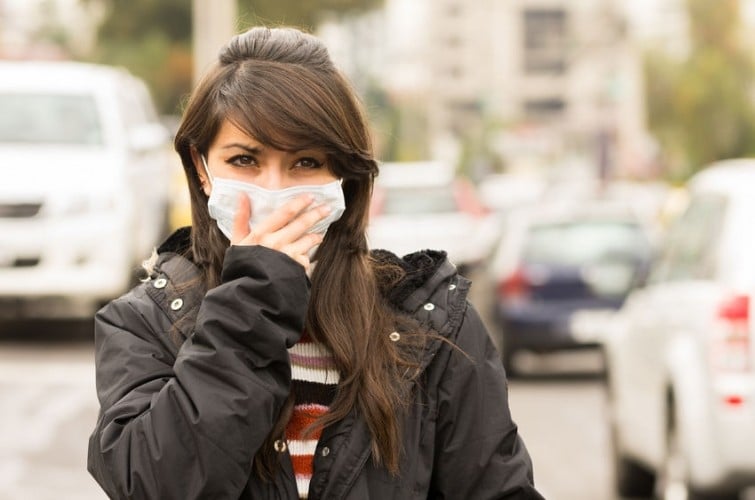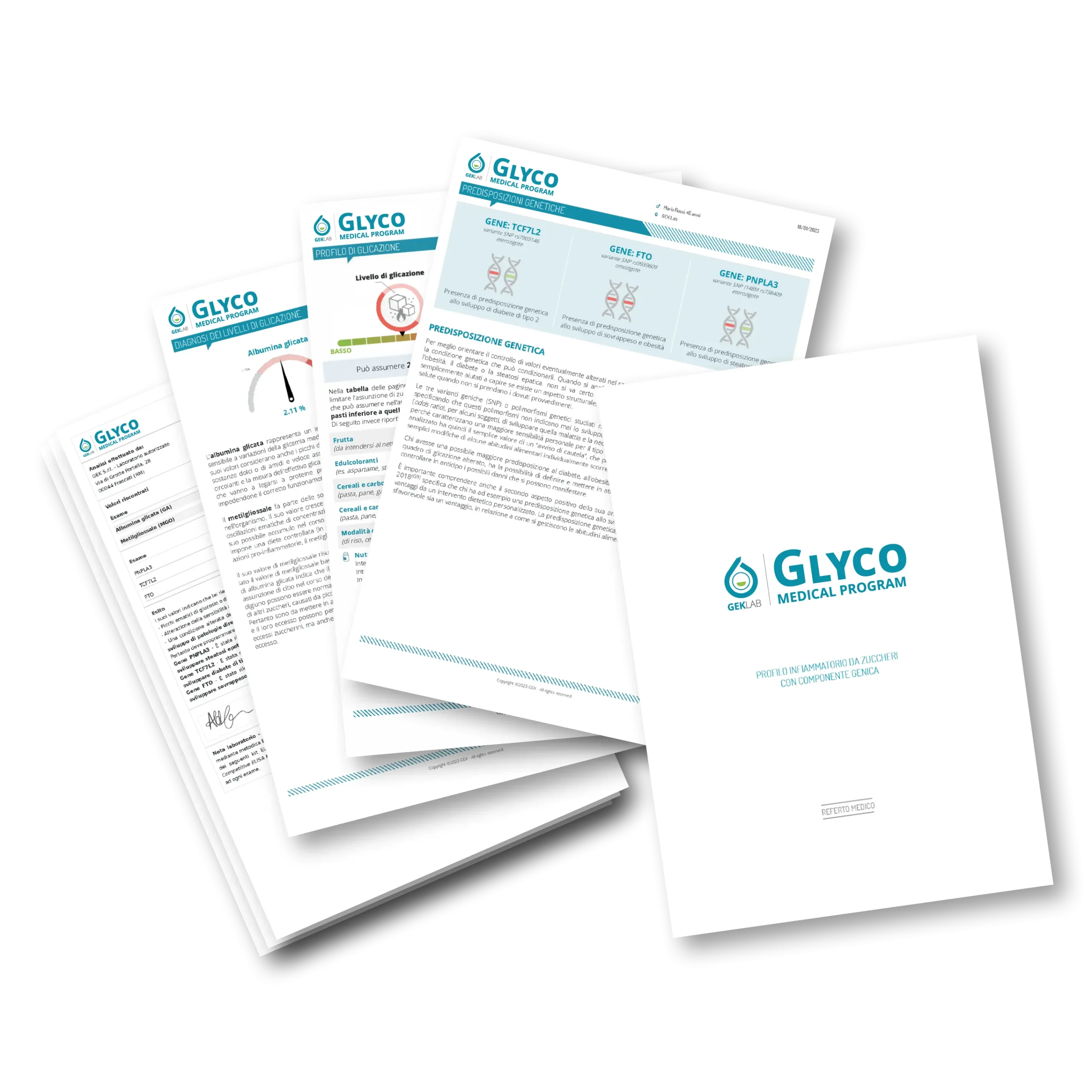
Winter weather conditions, with heating systems running at full capacity and urban traffic out of control, lead to a dramatic increase in pollution, which can have significant impacts on eye health.
In this article, we will take an in-depth look at how winter pollution contributes to the onset of conjunctivitis and suggest valuable remedies to reduce its effects.
Symptoms of Conjunctivitis
In winter, with pollution at its peak, cities go from being “cities to drink in” to “cities to cry in…” because the most common symptom is eye discomfort, especially continuous and unexpected tearing.
Conjunctivitis is an inflammation of the conjunctiva, the thin and transparent membrane that covers the inner surface of the eyelids and the white part of the eye (called the sclera).
Fine particles can both mechanically irritate the surface of the eye, causing that characteristic foreign body sensation, and carry irritating chemicals such as heavy metals and hydrocarbons. They can also transport allergens like pollen or mold, which may trigger allergic reactions and oxidative stress.
This condition can affect one or both eyes and is characterized by a range of symptoms, including eye redness, excessive tearing, light sensitivity, itching, or burning. In some cases, mucus or a sticky discharge may be produced, causing the eyelids to stick together overnight.
Another possible symptom of conjunctivitis is blurred or temporarily impaired vision.
Conjunctivitis may seem like a minor issue until one experiences its symptoms. Those who suffer from it chronically know that it is a persistent irritation that can occasionally turn into acute discomfort.
Impacts of Winter Pollution on Conjunctivitis
Pollution- or traffic-related conjunctivitis is a serious issue, especially in large cities and areas with high levels of fine particulate matter.
Fine particles (a mix of PM 10, PM 2.5, and PM 1.0) and atmospheric irritants can penetrate the eye’s layers, triggering inflammatory responses and contributing to the persistence of conjunctivitis.
These particles can mechanically irritate the eye’s surface, causing the characteristic foreign body sensation. Additionally, they can carry irritating chemicals such as heavy metals and hydrocarbons or transport allergens like pollen or mold, potentially triggering allergic reactions and oxidative stress.
Targeted Remedies for Pollution-Induced Conjunctivitis
Cortisone and antihistamines are usually the first conventional remedies suggested, but they often fail to resolve the issue when the root cause is allergenic-toxic, as in the case of pollution-induced conjunctivitis. Even if inflammation is reduced to some extent, the toxicological effects of pollutants continue to act, leading to persistent irritation.
A simple first step is to regularly rinse your eyes with isotonic saline solutions (available at pharmacies) to help remove any irritating particles. Additionally, maintaining proper humidity levels in indoor environments, whether at home or at work, can help alleviate symptoms.
Clinical practice, however, suggests some very effective remedies for reducing the inflammatory effects of pollution by working from within and improving the toxicological profile. Black Currant Oil and Perilla Oil, for example, have a significant anti-inflammatory effect, without the need to continuously resort to corticosteroid remedies, which have important contraindications.
Formulations that combine the anti-inflammatory effects of minerals like Manganese, Zinc, and Copper with the antioxidant and toning effectiveness of Selenium and Vitamin C can be useful adjuncts to support the immune system.
Nature also provides fruits and vegetables with powerful anti-pollution properties during this time, such as cruciferous vegetables. In particular, broccoli, cabbage, and kale, thanks to the presence of sulfur compounds, are the vegetables that most stimulate the active removal of pollutants from the body. They are complemented by the antioxidant action of all vegetables that contain Vitamin C, especially citrus fruits and kiwi.
A preparation based on Italic broccoli extract also helps activate immune system cells (macrophages) that are responsible for clearing the body of foreign substances, thus facilitating the removal of combusted substances and pollutant particles.
For persistent forms of conjunctivitis, it is advisable to monitor glycation levels. Excessive intake of sugars (as well as alcohol and sweeteners) can alter the structure and functionality of certain cells in our body responsible for recognizing external agents, triggering an excessive alarm in the immune system. This also occurs at the mucosal level, including the conjunctiva.
The Glyco Medical Program, by measuring levels of methylglyoxal and glycated albumin, allows for the assessment of whether there is a level of sugar-induced inflammation sufficient to cause this phenomenon. For example, dust mites or dust that were previously perfectly tolerated can suddenly trigger a “sugar-induced” conjunctivitis.
The nutritional recommendations included in the report will help bring glycation levels under control, promoting the restoration of immune system balance and controlling inflammation in the conjunctiva.
Edited by The scientific editorial team GEK Lab





